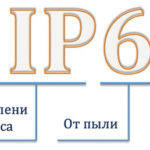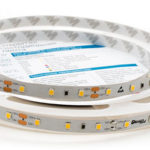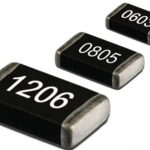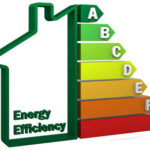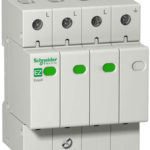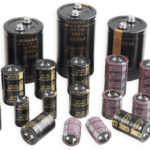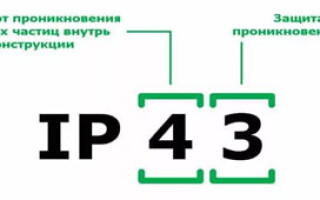On the surface of electrical appliances, sockets, lamps, you can often see a designation with the letters IP. What they mean and what they are for, rarely anyone thinks or does not attach any importance at all. In fact, this simple designation means the level of IP protection from external influences and must comply with the requirements of the State Standard and the rules for the installation of electrical equipment.
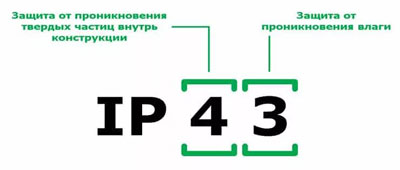
Content
What is the degree of protection
Most electrical appliances or equipment powered by electricity are placed in a housing that protects it from foreign objects, fingers, water and dust.In order to determine this degree, special tests are carried out, the results of which are presented in the form of numbers following the English letters.
Decoding the degree of protection
If translated from English, the abbreviation IP - International Protection, then this means the level of protection against penetration or other impact (dust and moisture protection). Marking, in addition to letters, is also accompanied by two numbers. The digital designation determines the level of protection of the housing (shell) of electrical equipment from the penetration of dust, fingers, moisture, and various solid objects into it. In addition, they mean the level of protection against human shock when touching the case (shell). This classification is regulated by GOST 14254-96.
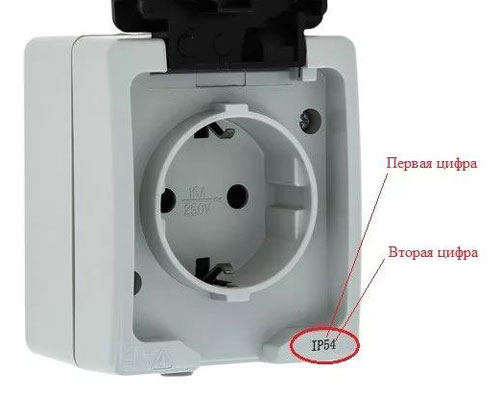
First digit
The level of protection against mechanical impact is determined by the first digit:
- prevention, restriction from touching or penetrating any part of the body or an object in the hands of a person;
- blocking access under the shell of dust, solid objects to protect electrical equipment.
Second digit
The level of protection against the harmful effects of moisture is determined by the second digit.

Additional symbols
After a couple of numbers, sometimes a couple of letters can also be found in the designation. The first of them indicates the degree of protection against contact with dangerous parts of the equipment and electric shock when touched:
- A - from touching with a hand;
- B - from touching with fingers;
- C - from touching with a different tool;
- D - from touching the wire.
The second is auxiliary information about the level of protection. There are four in total. They indicate information about the tests carried out and are required for electrical equipment:
- H - high-voltage devices;
- M - tested according to the level of protection against the negative effects of water (equipment in a state of motion);
- S - tested according to the level of protection against the negative effects of water (equipment at rest);
- W - with additionally specified means of protection.

Table for decoding code values
| 1-digit | Protection against foreign solid objects | 2-digit | Moisture protection |
|---|---|---|---|
| no protection | no protection | ||
| 1 | From solid objects more than 50 mm; body parts, hands, feet, etc. or other objects in the size not less than 50 mm. | 1 | From vertically falling drops |
| 2 | From solid objects more than 12 mm; fingers | 2 | From drops falling at an angle to the vertical no more than 15 ° |
| 3 | From solid objects more than 2.5 mm; locksmith tools, wire | 3 | From drops of jets falling at an angle of 60° to the vertical |
| 4 | From objects more than 1 mm; wire and other items at least 1 mm. | 4 | From drops and splashes from any angle. |
| 5 | Partial protection against dust and complete protection against any kind of penetration. | 5 | From jets falling at any angle. |
| 6 | Full protection of dust and its accidental penetration. | 6 | From jets under pressure. |
| 7 | Protected against splashing into water without causing breakage | ||
| 8 | Protection while in the water for an unlimited time. |
Decryption example
Common designation IP54. It follows from the table that the case is dustproof and completely resistant to splashes at any angle and does not allow touching live parts with hands or tools.
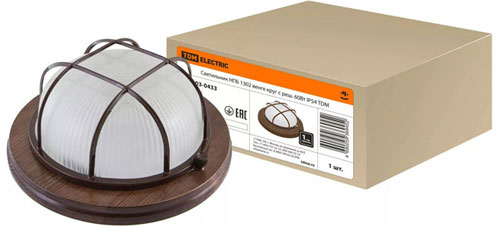
The most common levels of protection
- IP20 - marking implies protection of the body of electrical equipment from foreign bodies 12.5 mm and above (look at the table). There is no protection against moisture, the shield is installed in a dry room, and there is also no mechanical impact.Conclusion - a shield, installed in the hallway or living room of a residential building (apartments);
- IP30 - not protected from moisture, but has a higher protection against mechanical impacts of objects from 2.5 mm;
- IP44 - means that the electrical equipment is protected from mechanical impacts by objects from 1 mm and from splashes at any angle. It is installed in a room with humidity in proximity to the tool, machine tools.
- IP54 - marking means the difference from the 44th partial dust protection and full protection against foreign objects. It is installed outdoors and indoors without open hit of water jets and dust formation.
- IP55 - the case of such equipment is protected from mechanical interventions and partially from dust. Withstands water jets. Recommended for outdoor installation without a canopy. Installed anywhere in the garden.
- IP65 - the case is dustproof and can be installed both outdoors and indoors.
IPX7 - the degree of protection of the device against moisture
IPX7 - among eight degrees, the second most protected from moisture. A device with this designation can be under water for a short time at a depth of about a meter without loss of performance. Now many devices have this degree of IP, including some models of telephones.
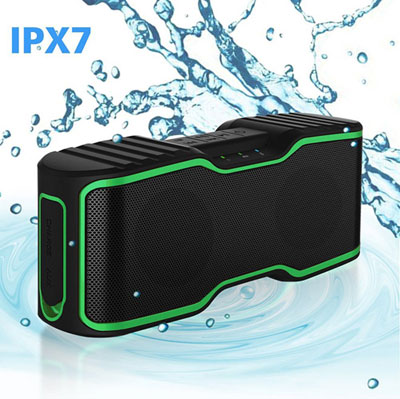
What class of protection of electrical equipment to choose for the house
For rooms where water is not used (bedrooms, living rooms) standard sockets, fixtures and switches of class IP22, IP23 are usually sufficient. There will be no moisture there, and there will be no direct contact with current-carrying parts either. In the children's room, it is desirable to install sockets of a class of at least IP43 with a special cover or curtains.
For kitchens, bathrooms - rooms where there is water, splashes, the IP44 class is suitable for both sockets, switches, and lamps. Also suitable for sanitary facilities. On balconies, loggias there is dust and moisture. It is recommended to install electrical equipment of at least IP45 and IP55 class. When the house has a basement, it is also recommended to install electrical equipment at least IP44 class there.
Sockets and fixtures for the bathroom
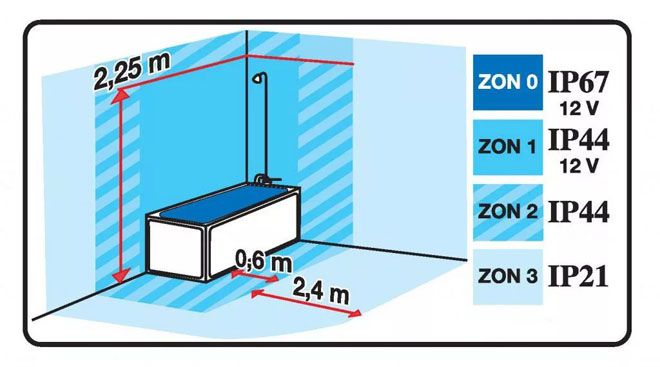
In accordance with the norms of the State Standard, it turns out that for bathrooms it is necessary to select lamps, sockets and switches of a class of at least IP44. Sockets of this class are equipped with automatically closing flaps. Forks must have the same class. Since steam and moisture evaporate upwards, wall lights must be IP65 rated.
Faced with the choice of purchasing a new electrical appliance, the question arises - what protection class should it be? In order to determine which electrical appliance needs to be installed in a particular room, you need to look at the alphanumeric code and simply refer to the table presented in this article.
Similar articles:
